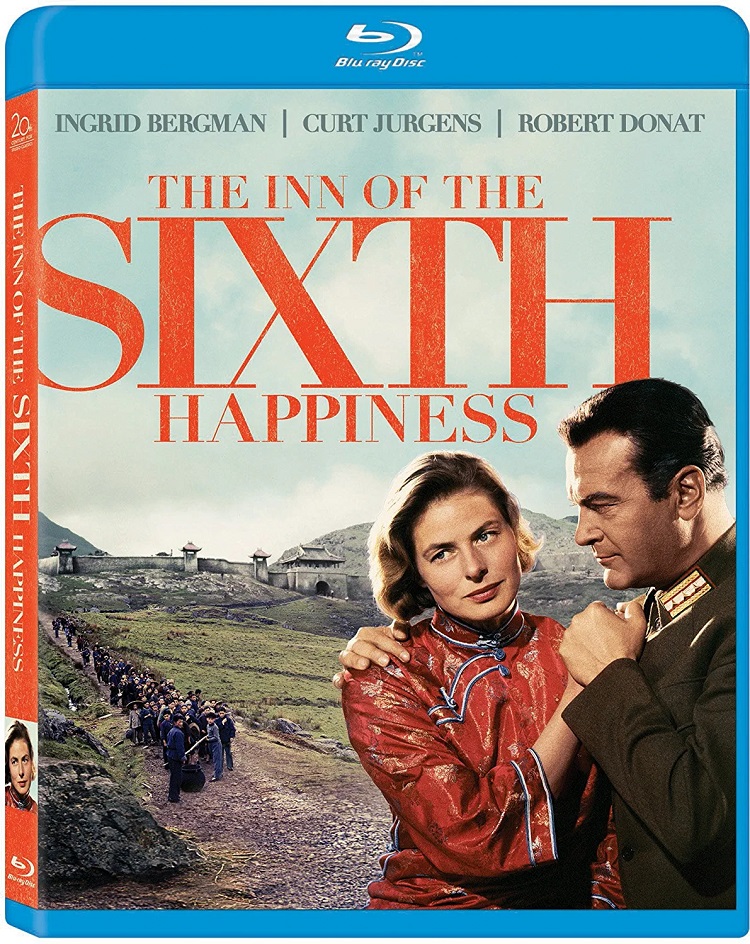
Christian missionary Gladys Aylward was a diminutive, unattractive, uneducated, utterly British woman. So of course they got the tall, glamorous, immensely beautiful, and completely Swedish Ingrid Bergman to portray her in the movie version of her life. The Inn of the Sixth Happiness is in the historical epic tradition from the 1950s which was the decade of grand historical epics. It is a lovely film though overly long and slightly racist to modern eyes.
Like most films based on real events, the movie plays pretty fast and loose with the facts, changing details where it sees fit, condensing time, and combining characters as needed. The story is ripe for the telling – at a young age Ayward was set aflame for God and fully believed she was meant to mission to the Chinese. Though she was turned down through official missions channels, and had neither the social status, education background, or knowledge of Chinese customs or language, she kept at it and at it until her dreams became reality. In China, she was a successful missionary, worked diligently for social reforms, such as keeping parents from binding their children’s feet as was tradition, and prison reform. When the Japanese invaded in 1938, she led over 100 orphans to safety over the mountains despite being wounded herself.
The movie tells the story well, but without much flash. Director Mark Robson moves the action along briskly, but at nearly 2 hours and 40 minutes it is a bit of a slog. I was ready for it to be over about 20 minutes before it actually was. Ingrid Bergman is as delightful as she always is. While in England, you believe in her drive to become a missionary, and while she’s in China, you root for her in all her endeavors.
Most of the smaller Chinese parts are portrayed by Asians, but the two main roles are played by Englishman in yellow face. Both Curt Jurgens and Robert Donat are very good in their roles, but in the light of modern day it’s hard not to cringe at their very obvious Englishness.
The Inn of the Sixth Happiness isn’t a perfect film, but it is a very good one. As a product of its time, it’s quite enjoyable and it sheds light on what was a really wonderful woman who set after the nearly impossible and did more than one can quite imagine.
The Blu-ray is presented with an AVC encoded 1080p transfer in 2.36:1 ratio. It looks good, but not great. There are some color shifts, and skin tones sometimes have a slight brown tinge. It was made in 1958 and its age shows. The colors never quite pop, maintaining just a slight dullness. This is more due to the decades-old master prints than the Blu-ray mastering. It is not particularly distracting, but neither does it wow me.
The original four track stereo mix is recreated with a lossless DTS-HD Master Audio 4.0 mix and it sounds really good. The score sounds excellent wrapped around the channels, and the dialogue is always crisp.
Extras are sparse with only one audio commentary, a couple of newsreels, and trailers available. The commentary is quite nice splicing together remarks from three film historians who discuss the film and the real life of Gladys Aylward.